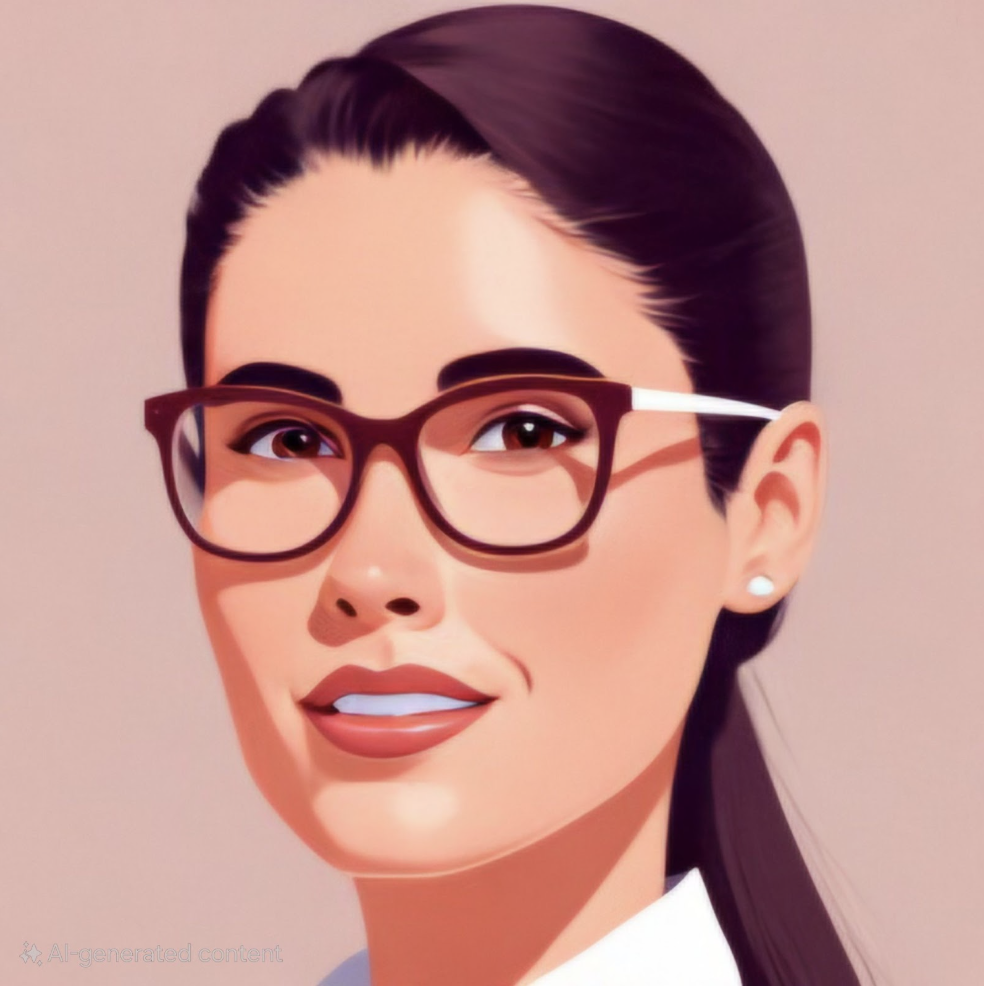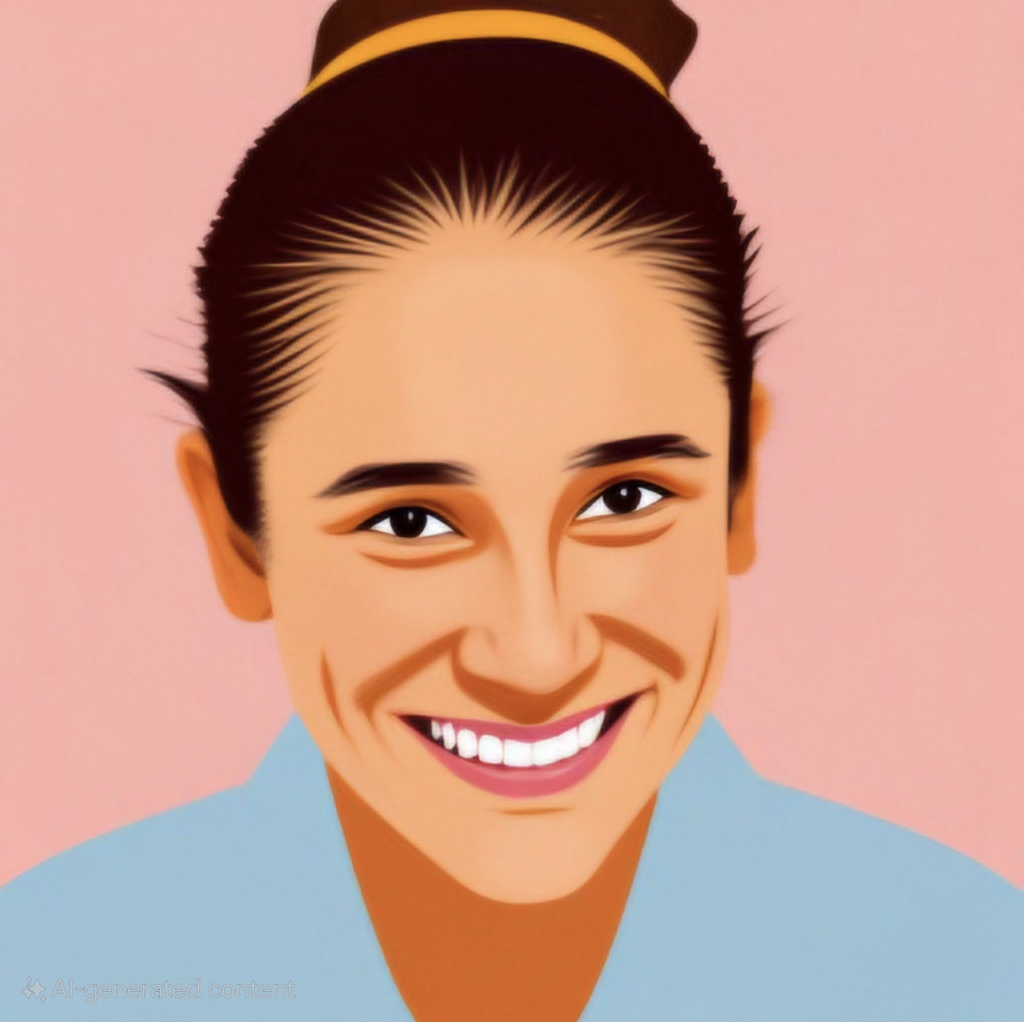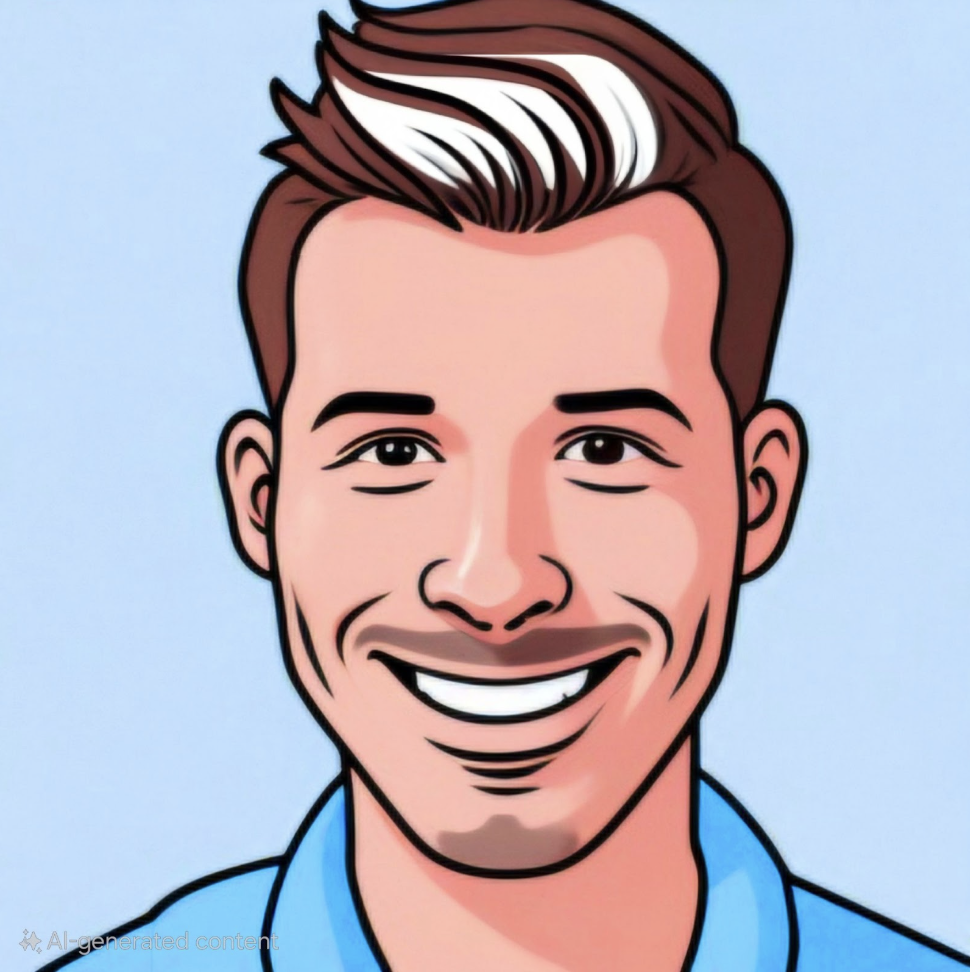Members of Mexflux and the Fluxnet Education Committee share their motivations for designing the first TAFE (Taller de Aprendizaje de Flujos Ecosistémicos), an intensive course designed for flux scientists in Latin America. The new course offers graduate students a chance to learn topics similar to those presented in Fluxcourse, but reduces barriers related to language, visa restrictions, and financial resources.




.
In this Minisode of Meet the Fluxers we learm about Taller de Aprendizaje de Flujos Ecosistémicos (TAFE), the first major flux science course for Latin America. This course aims to make flux science knowledge accessible to Latin American students and researchers in their own language. Importantly TAFE addresses the need for training tailored to Latin American ecosystems and contexts; as well as barriers Latin American scientists face in attending Fluxcourse, including language, finances, and visa restrictions. Developing TAFE, organizers also faced challenges including adapting to different educational backgrounds, navigating institutional bureaucracy, and relying on volunteer instructors. This discussion also emphasizes the importance of transborder collaboration since "fluxes don't know borders" and better measurements from tropical ecosystems improve global carbon and water cycle estimates. TAFE is significant because it will facilitate networking among researchers across Latin America, potentially leading to new collaborations and projects.
Transcript
Jess: What is the goal of the workshop?
Tonantzin: I am Tonantzin, from Mexico, and I'm a researcher at the Instituto de Ecología. Well, first of all, it's not really the first flux course. We had, in the past, a few workshops, but it will be the first workshop for Latin America in this magnitude. I think the goal is to make available for students in Latin America in a very structured way the knowledge about fluxes.
Susana: I’m Susana Alvarado. I'm also a researcher at another Institute of Ecology, we actually have two, the other one is here in Veracruz. We are very excited, like Tonantzin said, about this first Latin American, Spanish-taught flux course. This is the first time we can dedicate two full weeks to get together not only students and researchers that are interested in flux science, but also all the practitioners that we are already doing this flux science around Mexico and Latin America. We want to make sure all these students have this opportunity to be together and to be discussing how to measure fluxes in different ecosystems with our tropical context. We will have this opportunity to network amongst ourselves and hopefully think about new projects and things to move forward [with] as a community. We can meet each other, and we can build collaborations from these two weeks.
Maru: I’m Maru Gonzales. I work for the National Autonomous University. As Susana said, we don't want to teach a flux course in Spanish. We want to develop a course that is more suited to our needs. In our countries, the development of this type of science, this ecosystemic science, is very much behind from other parts of the world, but it's very much needed because we have an amazing diversity of ecosystems and situations in which we would like to measure these fluxes and know more about the carbon cycle, water fluxes, and all the things that we can research through this technique.
For professors and for students it is difficult to find enough material in their own language and to find networking opportunities to exchange and share experiences, within our context. We are very grateful to have the opportunity to develop this training course and really develop a curriculum that is more tailored to our needs. In Mexico, we are a very close-knit community. We are very few researchers and technicians interested in this. So, we are very much excited to host this course, this workshop, and to receive people from Argentina, from Colombia, from other parts in Latin America, because it would be a very nice opportunity to exchange our experiences.
Jess: How did the idea for TAFE come about?
Tyler: I'm Tyler Roman. I’m one of the leads for the FLUXNET Education Working Group. We had been working on Spanish language translations of flux course materials for a few years and identified that there was a need for something more than just turning materials online, and for a course like what we designed here. So, it started there with just a little bit of interest from various people. From there, we gained some traction, found out that DOE (Department of Energy) would fund it, and then connected with a lot of others on this call and started developing what this course might look like. Who could host it? What is the structure? What are the main objectives?
Susana: It was really difficult for a lot of us to actually attend to the Fluxcourse because of many different reasons. It could be financial, it could be the language, but also, visa restrictions. We were always talking about how cool would it be, if we could organize something like the Fluxcourse?
Tonantzin: I was one of the lucky ones that attended Fluxcourse in 2016. And I went there not because I had the resources, but because my advisor during my Ph.D. had the resources from Australia, so he could fly me [out], pay the fees for the course. So, I was there. I learned a lot and I actually did collaborations [because of it]. One of my [Ph.D.] chapters was inspired from Fluxcourse. It was published in Global Change Biology. You kind of see the importance of being there with amazing researchers and learning and applying all the knowledge to your thesis and your Ph.D. or master’s degree.
In 2022, they invited me to go as a professor to the Fluxcourse. And I was there, and I told them, “We have to make this possible for everyone in Spanish. If we want to really close the gap with Latin America, we need to have this course there.” We presented this project to the Department of Energy, and it was funded. Here we are now, just about to have the first TAFE.
Jess: Why is transborder collaboration so important for the advancement of science?
Tonantzin: Fluxes don't know borders, the water cycle doesn't know frontiers, and the carbon cycle doesn't know countries. If we really want to talk about the global carbon cycle, we need to understand the big picture. Most of the ecosystems [here] are tropical and pulse-driven, like precipitation pulses. It's really nice to compare ecosystems. It gives you, like, more perspective.
Maru: The less studied some ecosystems are, the uncertainties are bigger, and [get] carried over the global budgets. Latin America a lot of land within the tropics. A lot of our countries have ecosystems that are not present in other more northern latitudes. The better and the more we measure in these ecosystems, the better are the estimates for the global projects of the carbon and water cycles.
Susana: If, like a global community, we want the data from the flux sites to be available for everyone in the repositories, in the AmeriFlux repository or even the FLUXNET initiatives, it's important for everybody to be included in more equal terms. If we know each other, North and Global South, we can move on with even more perspectives to have different research questions that wouldn't be possible if we only had one viewpoint.
Tyler: I've worked on a few projects related to flux towers in Peru and Colombia over the years, working with local technicians, helping them learn how these instruments work. What do the data files look like? How do you write a data logger program? How do you start processing data? Things that were in Fluxcourse and will be in TAFE. Having the ability to call up so-and-so and say, “Hey, I have this instrument that now, is giving me this error code. Have you seen that before? What does it mean?” Until you make those connections, you don't have people to talk to about the problems that you run into. That creates an environment of feeling like, “Oh wow. I have this problem, it’s such a big deal.” But maybe if you could talk to someone, you find out, “Oh, that's a problem that everybody runs into, and here's the solution that we found.”
Within Mexico, MexFlux has shown what that can look like to develop at a country scale. But now expanding beyond that, connecting people that are working in Mexico that have done this to people in Peru, Columbia, Argentina, Chile. We have a lot of people that are doing similar work across borders. Having a pool of individuals that you can go to, and you can learn from can help so much in personal and career development and project development.
Jess: What were some of the challenges in planning and preparing for this workshop?
Tonantzin: We need to understand the educational level that the students have in Latin America. That's one. And the second one is that this is organized by the willingness of people like us who put in our time and effort to plan this workshop. They are going to come here to teach, and share their knowledge in their experiences with fluxes, and nobody is getting paid for that.
Tyler: Our goals from the beginning were to make sure that we were trying to capture as many people and represent as many people as possible. Trying to make sure everyone's voices are heard, trying to make sure everyone feels represented, creates a little bit more chaos. We probably created a little bit more work for ourselves sometimes because of that, but I do think that there are benefits that are coming out.
Maru: Another challenge has been to deal with the red tape involved in the organization of these kinds of things. To match the requirements from one university and the other, from one department and the other, that is a challenge always.
Jess: How did you learn the fundamentals of flux science before TAFE? How would attending a flux workshop have improved your earlier understanding?
Susana: Well, I learned fluxes from my master's degree. I did have a course called “Soil Vegetation Atmosphere Exchange”. That's how I learned the basics. When I was doing my postdoc, then I did have to learn because part of the project was measuring fluxes from a sugar cane plantation. I read the book on Boundary Layer Dynamics. I learned it by doing it, so basically, by revising the MATLAB scripts that we had inherited from our Dutch professors. So, if I had the chance of going to a flux course, for sure, it would have been easier. It would have helped me to move forward into more interesting things that were the actual research questions, with the little technical difficulties out of the way.
Tonantzin: Fluxes, and the techniques, because there are several techniques to measure fluxes, are two different things. Some of us are maybe very experienced in analyzing the data and making some regressions and applying models, but the technique itself requires a lot of knowledge; the calibration of sensors, installing and making all the arrangement of the sensors, putting instruments on the tower.
I don't feel, at this stage of my life, an expert in all the fields of the fluxes. Fluxcourse, and TAFE, has to be a complete course that integrates all these fields and elements. We give to the students enough tools to know what we need in order to measure ecosystem fluxes. There are so many fields in fluxes where you can work and you can fit.
Maru: I learned fluxes from a wonderful instructor, my Ph.D. professor Kyaw Tha Paw U, in the University of California Davis. It was difficult for me because my background was in biology and ecology. So, I had to make a deep dive into the physics of the fluxes, so it was very challenging but a very interesting learning experience. The first time I climbed a tower, the first time I put on a harness and so on, it was with one of my friends in the program who had a flux tower in the Cosumnes River in a place that it was flooded intermittently in the year. So, it was a very challenging site and a very interesting one.
In my time there were no software [programs] like EddyPro. We had to program our own calculations. You really have to know what you are doing when you are programming your own calculations. I really worry about the students in TAFE, and all the new students, that they learn where those formulas come from. We used to go as a laboratory to Dennis Baldocchi’s lab in Berkeley to get some acquaintance with what they were doing. And I had a class with Ray Leuning, rest in peace. Only one session. He was amazing. Nowadays, there are so many resources in English. We want to start building them in Spanish too.
Tyler: I did my undergraduate and graduate degrees at Indiana University. So, I worked at the Morgan-Monroe State Forest site, which is one of the longer running AmeriFlux sites (US-MMS). I got hands-on experience and learned there with my advisor, Kim Novick. I had that experience to give me a little bit of the foundation. A lot has changed over the past 10 years, 15 years. And I think originally the people that were working on flux towers had a stronger micrometeorological background. Whereas today, instruments are more available, a LI-COR system is kind of plug and play. You don't have to write a whole program.
There's a wider audience of people that are interested in using flux towers and flux instrumentation now. And so, I think that that's something that we have talked about quite a bit in TAFE itself, is making it so that it applies to someone that has an ecology background AND someone that has a meteorology background. If you look at the number of sites across the globe on the AmeriFlux or the FLUXNET pages, it is increasing dramatically. There's more and more people that are trying to get into this field. We need to lower the bar and lower the threshold for people to obtain the training that they need to be able to do these things. Our goal here is for TAFE to really make a big improvement for having a wider audience of people able to feel confident that they know the basics, and that they could walk out to a site and understand what's going on and how to go about operating instruments and processing data and everything that goes along with it.
